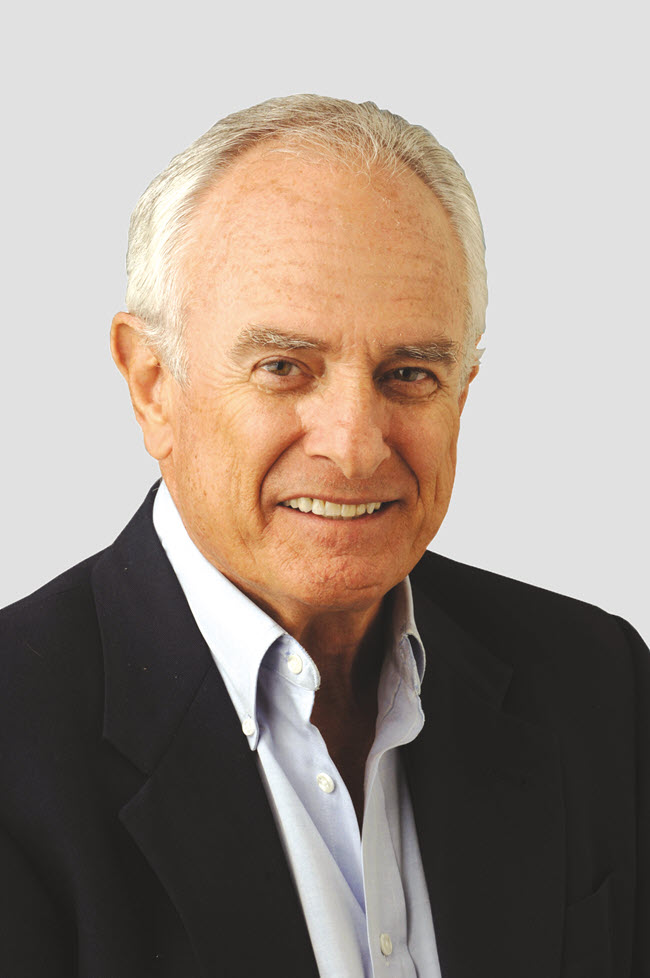
In the twenties and thirties, Georgia, like most colleges across the country, aspired to play in the Rose Bowl, the first of bowl games. Holiday bowl competition began in Pasadena in 1902 but few knew or even cared that the Sun Bowl, the second oldest bowl, began competition in 1935, some three decades later.
An invitation to Pasadena almost came about in ’27 with the Dream and Wonder team of Coach Kid Woodruff, but the Bulldogs lost their final game with Georgia Tech and had to wait fourteen years before becoming the beneficiary of a post season invitation.
The 1941 Bulldogs, following the posting of an 8-1-1 record (losing to Alabama and being tied by Ole Miss, 14-14), were the beneficiary of UGA’s first bowl invitation. The Orange Bowl overture set the little community of Athens on its ear with the populace becoming giddy and euphoric.
With six bowl invitations in the World-War-II-conflicted decade of the forties, Coach Wallace Butts became known as the “Bowl master.” Bowl folk appreciated his high-octane offenses and his superstar players such as Frank Sinkwich, Charley Trippi, Lamar Davis and John Rauch. Georgia partisans expected to go bowling every year.
There were two Orange Bowl invitations in that span, the first, New Year’s Day 1942, in which the Bulldogs jumped out to a 33-7 lead over Texas Christian by halftime. Butts later said that was the best half of offensive football a team of his ever displayed. Sinkwich set a record for total offense, 365 yards (139 yards rushing and 243 yards passing) that stood for decades.
Six years later, Georgia (9-1) was invited back and was a heavy favorite over a Texas team which had lost three games and tied another. The Longhorns were derided by the Miami sportswriters as a “third-rate” team.
Believe it or not but a lot of teams had little interest in playing in bowl games in the early days of the bowl business, and Orange Bowl officials had to arm twist the Longhorns to come play Georgia.
Led by fullback Tom Landry who would go on to National Football League fame as a player and coach with the New Giants and later was the architect of the Dallas Cowboy dynasty, upset the Bulldogs 41-28. I once recorded a conversation with Landry who remembered warming up for the game not in the Orange Bowl but on a nearby baseball field. “I kept hearing the crowd inside the stadium and wondered why we were not inside. It was the strangest experience,” Landry said. Inside, it was the rushing of Landry, the Longhorn fullback, that led Texas to victory.
Then in 1959, which turned out to be Butts’ final championship team, the upstart Bulldogs, the surprise team in the Southeastern Conference, went undefeated in league play and was blessed with a third invitation to play in the Orange Bowl. This was the one-platoon era when players had to play both offense and defense. Charley Britt and Fran Tarkenton were the quarterbacks but Tarkenton’s team supplied the offense, scoring two touchdowns on passes from Tarkenton to Aaron Box and Bill McKenny for a 14-0 victory over a Dan Devine coached Missouri team.
It was a glorious, sunny afternoon with Red and Black partisans enjoying a comeback season that was influenced by the return to the coaching staff of J. B. Whitworth, Butts’ longtime assistant during the glory years of the forties.
Whitworth’s reputation as a line coach was one of the best in football. Butts’ fabled championship teams of the forties featured excellent line play, brought about by the tutelage of Whitworth. He left Athens following the 1949 season to take over at Oklahoma State. He later became the head coach at Alabama, his alma mater.
This will be third time the Bulldogs have played Michigan. When Butts and the Wolverine’s athletic director and former football coach, Fritz Crisler, served on the football rules committee, they became friends and Butts agreed to play two games in Ann Arbor — Michigan shutting out the Bulldogs in 1957 26-0, but shocked by Vince Dooley’s second team 15-7 in 1965.
Victory brought about the greatest welcome home party in the history of Athens and may well have been the biggest in the history of college football. The team few to Ann Arbor and back on two Southern Airways Martin 404s. When the pilots banked from the north to land, the team could see traffic backed up all the way from Ben Epps Field to downtown Athens. Perhaps, this was the biggest Saturday traffic jam for a non-football game in history of Athens.
Now the current Bulldogs’ Orange Bowl objective is to spoil the New Year’s Eve party of (Georgia’s men’s basketball) Coach Tom Crean’s brother-in-law … Jim Harbaugh.
